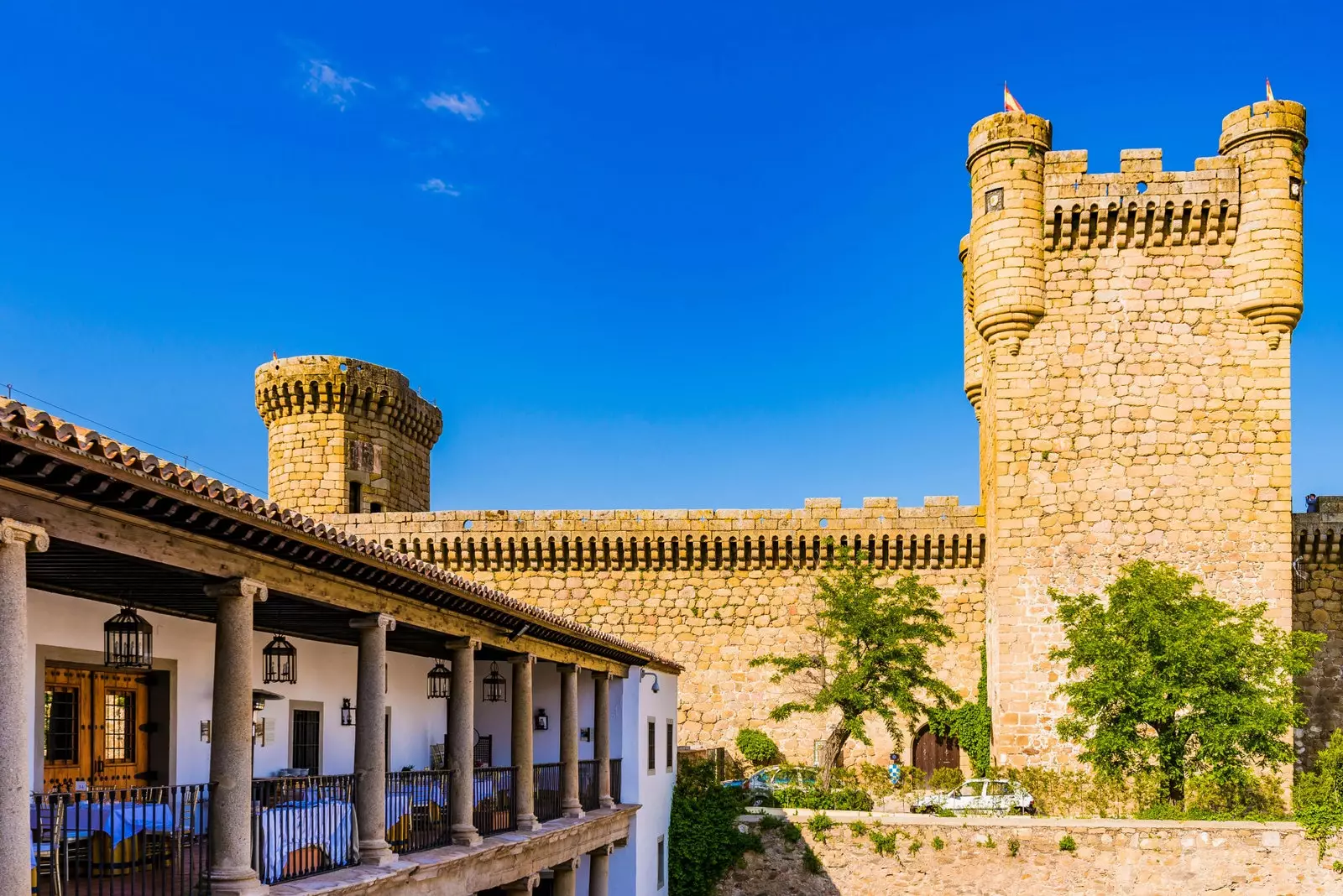
Visiting a medieval castle is always a good plan
Shortly after passing Talavera and shortly before reaching the province of Caceres , at a kilometer point as round as 150, it is inevitable to look from the A-5 at the majestic castle that dominates from above from Oropesa (Toledo). That is the starting point of its monumental route, full of Roman, Arab and medieval vestiges.
In fact, Oropesa Castle is a complex made up of three buildings: the Old Castle , of Arab origin and made up of four circular towers joined by curtains; the new castle, built in 1402 and declared a historic artistic monument in 1923; and the Palace of the Álvarez de Toledo or New Palace , belonging today to the network of Paradores, the main reason for its good state of conservation.
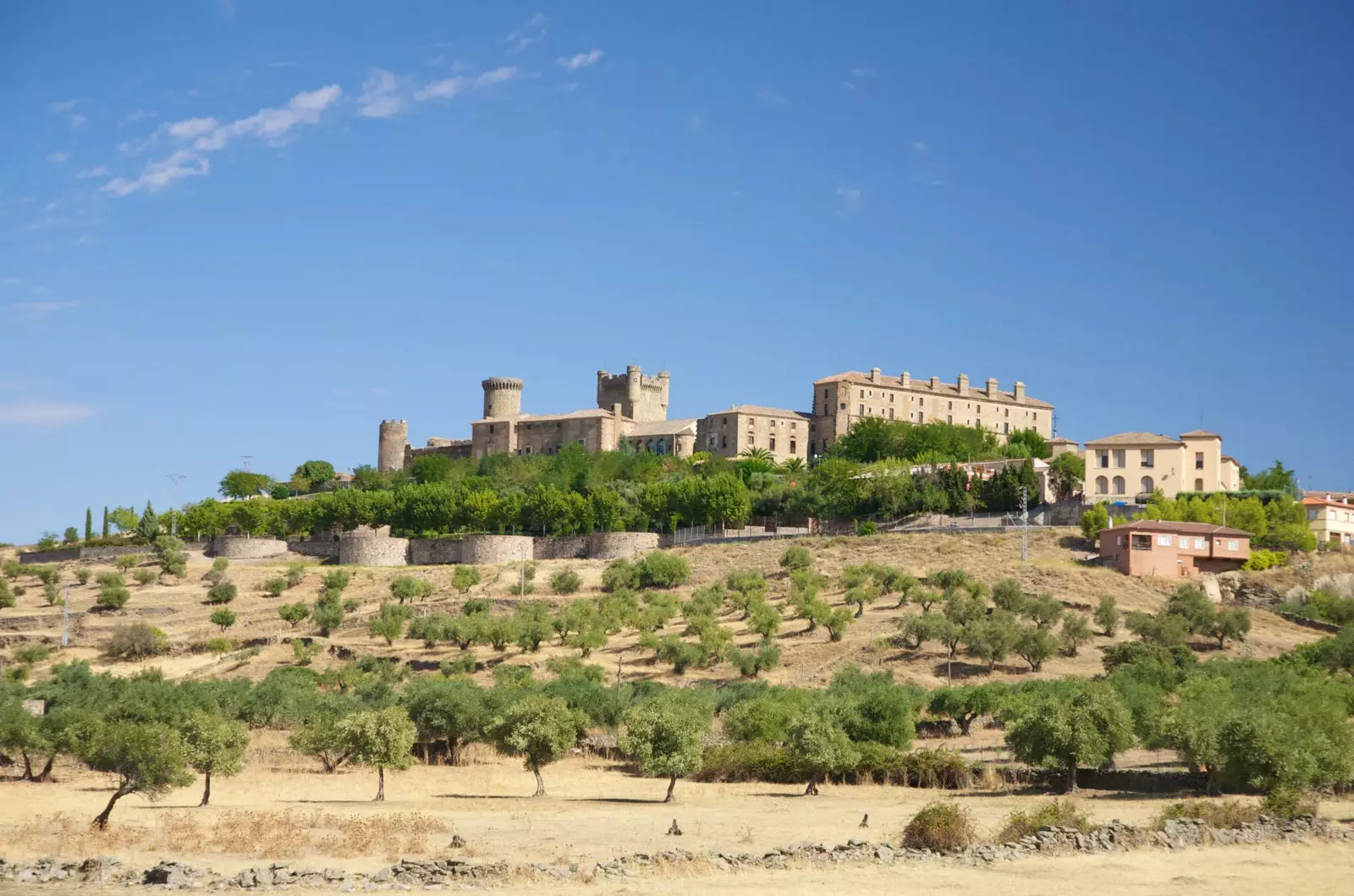
Medieval route through Toledo's Oropesa
Before entering to see it, we must enjoy the panoramic views offered by the outdoor park r and peek at the gates of the walled enclosure.
Going through the main door, we will leave the Parador on the left and we will have in front the visitable part of the castle, with a skeleton bleaching in the sun in its hanging cage welcoming us. Lets walk its corridors (dressed in all kinds of armor, banners and other medieval paraphernalia) and its wall, climb its towers and look out over its inner courtyard, where various cultural events are held.
The most famous of all is **the medieval fair** which is organized in Oropesa annually every April (this year on its first weekend, from the 5th to the 7th). Stalls, parades, performances and all kinds of period events they take to the streets with the castle as their center of operations.
Definitely , the ideal weekend to discover the town, although it is advisable to get up early if we do not want to be overwhelmed when it comes to finding parking because its fame attracts more visitors each year.
The route continues down hospital street (here we will find the Tourist Office), which owes its name to the Saint John the Baptist Hospital , founded by Doña María de Figueroa in the 15th century (possibly on top of the old Jewish synagogue) .
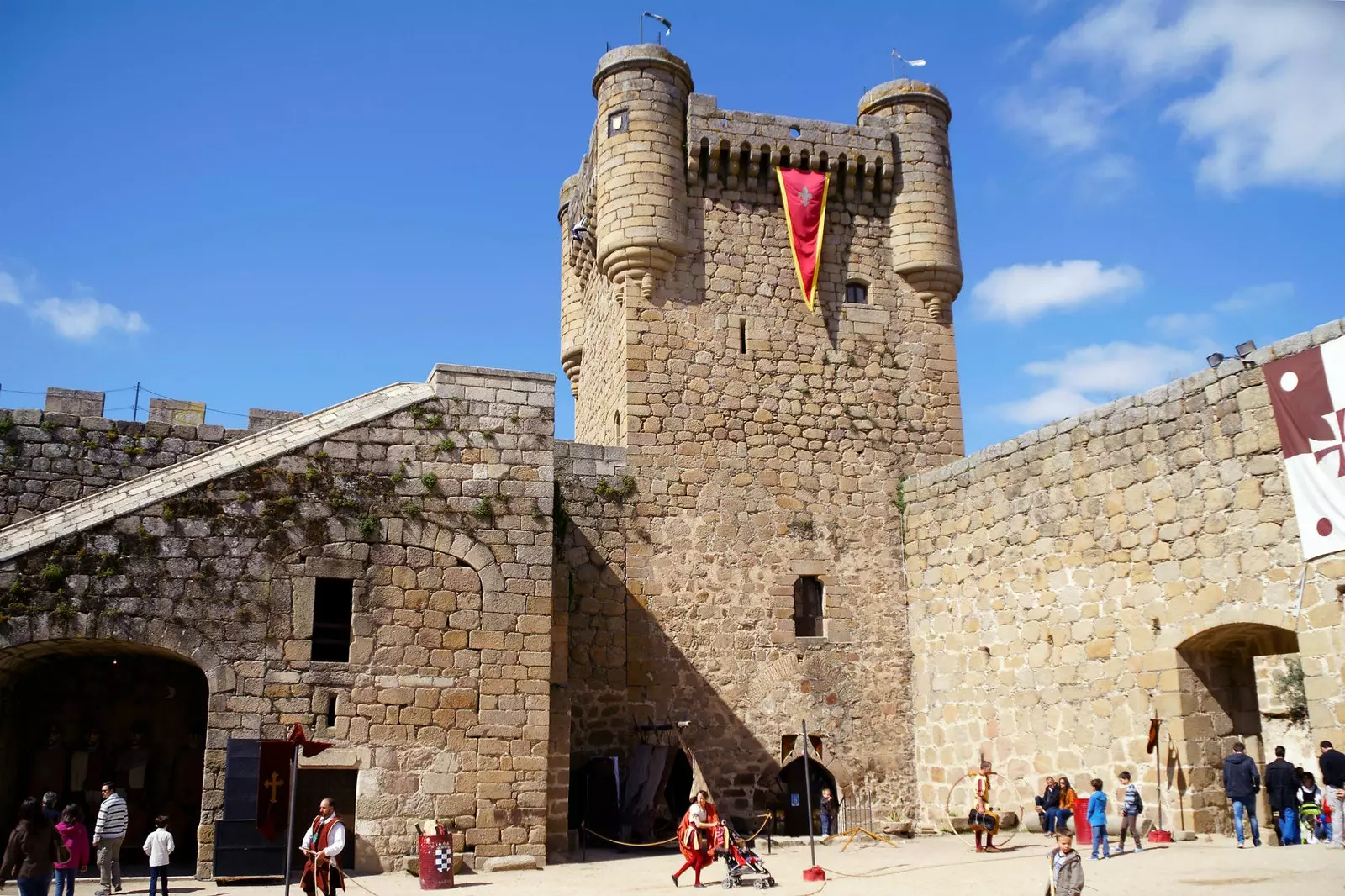
The medieval fair is a good time to get to know Oropesa
We turn left for La Iglesia street to cross the passageway, built in 1620 by order of Fernando Álvarez de Toledo (V Count of Oropesa). We will meet soon Our Lady of the Assumption Parish Church , with a Romanesque-style façade, rebuilt in 1613 and declared an asset of cultural interest in 1991.
Head on, the Old Town Hall, which consisted of a prison and two rooms to hold municipal sessions until 1871. Turning to the right by the street of the conception we will see the Convent of Our Lady of Remembrance, inside which there is an altarpiece by Juan Correa de Vivar.
Exhausting the street to the end and going out to the company street We found up to four points of interest: the Chapel of Saint Bernard , built in 1605 under plans by Francisco de Mora for the burial of Francisco de Toledo, V Viceroy of Peru; the Jesuit College , from the 16th century and Renaissance style, run by the Society of Jesus, which achieved the rank of University in 1590; the Convent of the Conceptionists, raised in 1523 and abandoned by the nuns in the disentailment of 1835; and the birthplace of San Alonso de Orozco, Augustinian and writer who arrived here in the world in the year 1500.
We turn right again bordering the walled area along the royal road street (good place to leave our car) to discover the nerve center of the town: Plaza del Navarro.
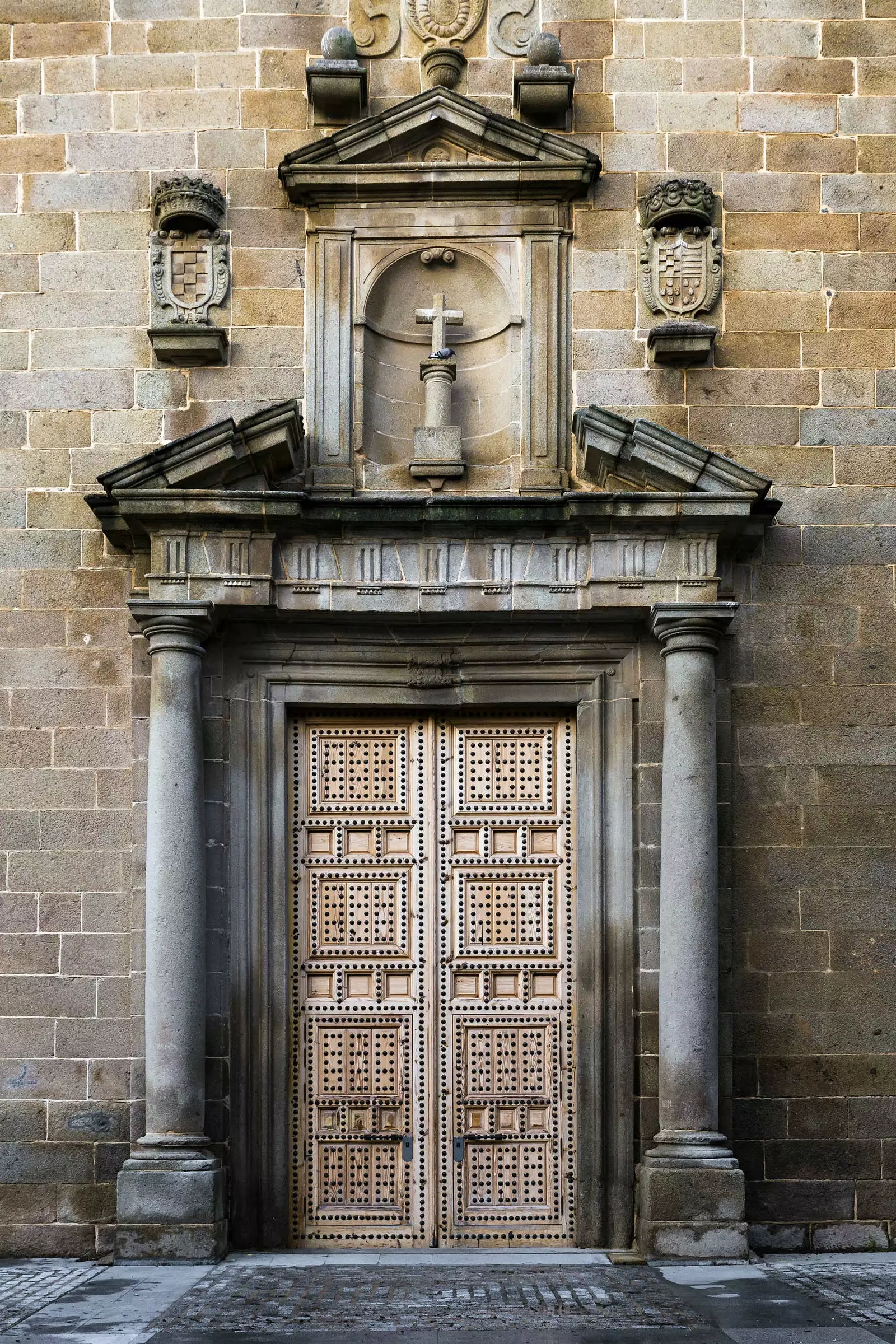
Facade of the Chapel of San Bernardo
As soon as we arrive we will see to the right the building of the old popular library, opened in 1912 and decorated with Talavera tiles by Ruiz de Luna y Guijo. in the middle of the square its Town Hall, which served for centuries as a municipal deposit until the City Council moved its headquarters here in 1871.
However, what will most attract our attention is the Clock of the Villa, raised at the beginning of the 20th century on an arch with a neo-Mudejar style. It is above the premises of the old Royal Silk Factory and, in the hot months, we will see it inhabited by storks.
The square is packed with the terraces of its restaurants, such as ** La Perla ,** which also has a cozy lounge on the first floor. Menu of the day, combined dishes, sandwiches, tapas and portions fill your letter, full of typical dishes of the area such as migas, revolconas potatoes, gazpacho or local meat.
In the vicinity of the square, the Calle de las Monjas houses the Convent of Las Misericordias (inaugurated in 1618 by Count Don Juan) and, next to him, the Old Museum of Ceramics , where the antiquarian and apothecary Platón Páramo gathered more than 800 pieces of ceramics and antiques from the 15th to the 19th century under the roof of the Palacio de Torrijos.
Before taking the road back home, two stops outside the center. A, the Hermitage of Our Lady of Peñitas , an 18th-century temple with a baroque altarpiece inside which the patron saint of the town resides. And two, the Convent of the Observant Franciscans, old flour factory whose origin dates back to 1518. It housed the mortal remains of the Counts of Oropesa (which earned it the nickname of 'The Little Dump' ) until 1822, the year in which it was abandoned by the monks.
Oropesa is a journey through time, especially if he decides to visit her during the fair. Don't forget your best medieval outfits!
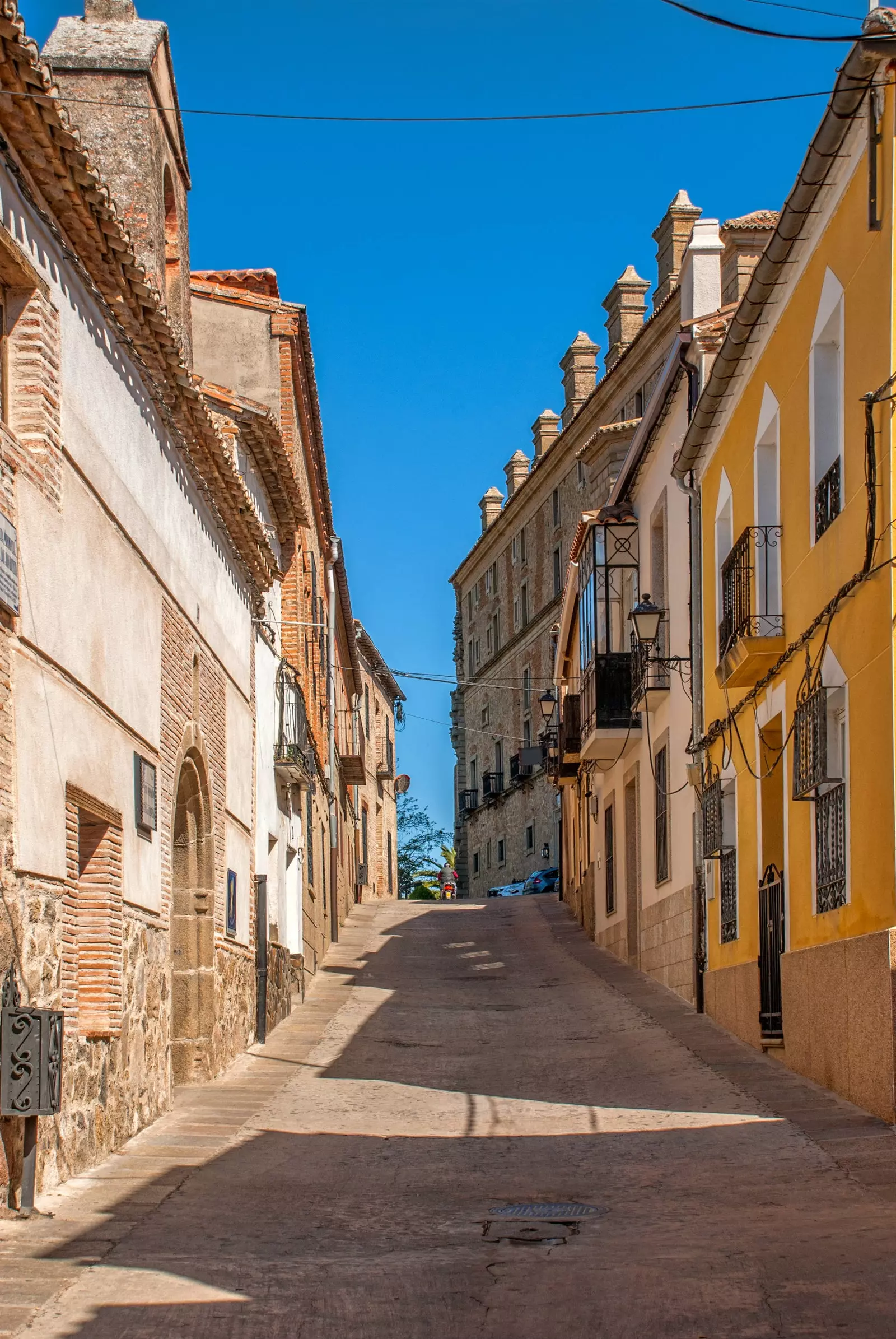
More than twenty stops between castles, churches, convents and other cobbled buildings
